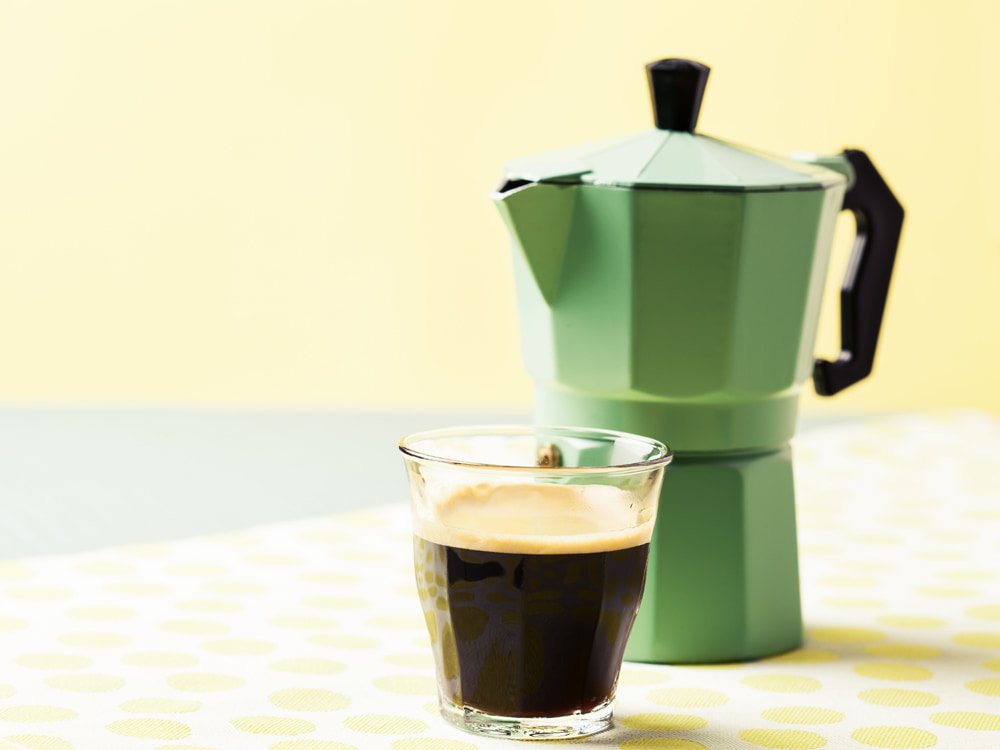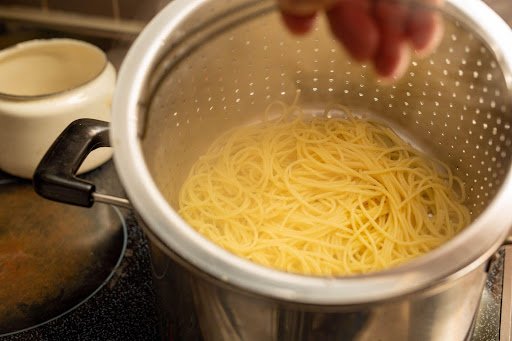
Why wait hours for your meal to cook when you can cook it much more quickly on a barbeque or in an oven? The reason is that there is nothing like experiencing a mouth-watering, succulent flavor of a meat that has been slow-cooked on a spit to perfection. Once you have tasted it, odds are you will never return to traditional methods ever again.
For this article, we will be reviewing the following items so that you, too, can be an expert chef in the comfort of your own home:
What is a Spit Roast?
Also known as a rotisserie, spit roasting is a method of roasting meat that is skewered with a spit. A spit is a solid, long rod designed to hold food in place while it is being rotated over a fire or campfire. It can also be roasted in a large oven, as well.
A spit roast is used for cooking whole animals or large joints of meat. It allows the meat to cook evenly using its own juices and allows users open access for continual basting.
The History

The spit roast began in medieval times as the preferred method of cooking meat for large households. The servant (usually a boy) was seated near a spit and slowly turned the metal rod as the food cooked. He was referred to as the spit jack or spit boy.
Later, mechanical turnspits were created. They were initially powered by using dogs on treadmills, and later steam power was used. Finally, the mechanism was turned by clockwork, or by using a chimney-mounted turbine with a worm transmission to provide torque and speed.
These days, the traditional turnspit is powered by electric motors. They can be mounted horizontally and vertically.
In 1450, the turnspit morphed into a smaller version called the rotisserie. They first appeared in Paris shops where the rotisseur was the designated chef responsible for oven-roasted, spit-roasted, fried, and grilled cuisine.
How Do You Roast a Whole Pig on a Spit?
For many people, roasting an entire pig on a spit conjures up images of Hawaii where this is commonly done in a luau. Roasting a pig on the spit is easier than you might realize, and extremely tasty because the meat is kept very moist.
It doesn’t have to be done in a wide-open area, either. Some people can cook them right in their backyards. Those who engage in spit roasting find that the celebratory appeal taps into a primal center of their brain.
When buying a whole pig, purchase one pound of dead weight for each person. This usually comes out at six ounces of meat after the meat is cooked and bones discarded. The best pigs to roast on a spit tend to be under 90 pounds.
Young pigs are very gelatinous with lean flesh that melts once cooked. It also oozes sticky, rich pork juices. Older pigs, on the other hand, contain more fat with drier and tougher meat. They are better designed for gentle uses like Southern barbecue.
Since you will not need to add much flavor to the animal, the quality of the pig is the most important factor to consider. This will affect the final flavor of the pig. Experts say to purchase one that has been naturally raised with access to pasture.
In addition to the difference in taste, buying from a farm will save you money because there won’t be a markup.
You will need to place your order one week in advance. This allows time for the animal to be slaughtered and for proper hanging time. Young pigs should be hung immediately after slaughter for two to three days. After rigor mortis has set in, it will allow the muscles to relax.
Once the pig is received, it can be stored overnight using a garbage bag. Place it into an ice-filled bathtub if necessary to prevent bacteria from forming. If your pig is frozen, you will need to defrost it for 24 hours. Do not roast a frozen pig.
If your pig is fresh but not frozen, keep it in a cool, refrigerated place or in a cooler with ice. If you don’t have an area to keep it cool, it is best to pick it up the morning of the pig roast for optimal freshness.
Ingredients and Equipment Needed
The most important piece of equipment will be the spit. Most people do not own their own spit, but many farms that have small pigs will rent them out for a nominal fee. You can call your local farm to make an inquiry about the cost of rental.
You will also need:
- A Chimney Starter. This is the best and easiest way to light many coals.
- Charcoal Briquettes. Hardwood coal can also be used. However, it tends to burn too hot and fast. It is also a challenge to maintain a slow, even heat for prolonged cooking times. The ratio of pig to coals is one pound of pig to one pound of coals. You should also have an additional 25 pounds on hand as you don’t want to run out.
- Long Tongs. This will allow you to arrange the coals located underneath the pig while cooking and eliminates the possibility of burning yourself.
- Kosher Salt. This will be the only required seasoning. Pigs are flavorful on their own, so very little seasoning is needed. Rub the kosher salt generously on your pig both outside and inside.
- Refreshments. Pigs take one hour and 15 minutes per ten pounds to cook. It will be a long, lazy day of rotating a pig on a spit.
The Process of Roasting a Pig
While you don’t need to add anything more than salt and perhaps pepper, some people like to stuff the pig with thyme, rosemary, oregano, and dried spices. You can also add juniper berries, whole garlic cloves, and bay leaves.
If you are doing this, be sure not to overstuff the pig. The more that is placed inside, the more mass that requires cooking. There is a tendency for the meat to dry out or the skin ton over crackle before the inside is thoroughly cooked.
Dead pigs are extremely heavy. They need to be well-secured on a spit or they will flop as the spit rotates. The first step is to make sure the pig is tightly secured to the spit for even cooking and for ease of use.
One the pig is placed properly on the spit and the coals are going, it will need to be turned. Most spits will come with an electric motor which will turn the animal automatically. You will need to tend to it every half hour. This will ensure the coals are hot, and the animal isn’t over- or under-cooked.
Generally, the pig should be rotated every 15 minutes with a ¼ to 1/8 turn. Once the pig needs to be rotated, most experts recommend that it is basted to maintain flavor.
Some people will use their own mixture, but you should refrain from using standard barbeque sauces. They are too thick and don’t penetrate the pig very well. Refrain from using any sweet, sticky glazes until the end of cooking.
The focus of cooking a pig is a slow and low roast. If the pig begins to look burnished within one hour, you are spinning it too quickly. You can either slow down the rate of adding coals or raise your pig a few inches from the heat source.
The last 30 minutes is when the crackling and crispy skin come into play. This part requires the pig to be cooked on high heat. Pile extra coals at the very end of the roast time. The pig should be rotated as necessary. Make sure you expose every inch of skin to the blast of heat.
If properly done, the skin will bubble into blisters that dissolve and crackle in the mouth. The temperature should register 145°F at the thickest part of the pig’s leg.
Spit Rotisserie
If you want to spit roast a pig on a smaller scale, you can invest in a spit rotisserie or roaster. There is nothing more satisfying than the aroma of juices wafting out from a pig and the sizzle as they drip onto the hot coals. Your mouth will water with anticipation because you know this meal will be amazing.
Things to Consider
The ultimate goal of a spit rotisserie is to provide a tender, juicy, well-cooked piece of meat. Before making a purchase, you will need to consider limits in weight, material, motorized options, and the longevity of the rotisserie.
Weight
You will need to decide what you will cook on this roaster. If you want to cook smaller animals, you won’t need a large roaster. However, if you are looking to cook a whole pig, then you will require a machine that is more substantial. Pick a machine that will accommodate the largest animal you intend to cook. You can use it for smaller animals, but you can’t upsize a small roaster.
Motorized versus Manual
The difference between these two will boil down to convenience. You will need to decide if you want to spend the entire day tending to your fire and manually rotating the meat or incorporate a more hands-off approach. If your budget is a factor, select a manual roaster. They are more cost-effective and reliable.
A motor will eventually either cease to operate or need repairs. Carbon steel will rust with time since it is exposed to the outdoors. Stainless steel is more advisable since it will withstand weather changes, will not rust, and won’t add strange flavors to your food.
For smaller roasters, you will want one that is a minimum of 36” in length. It will allow enough length to span your fire and will prevent you from getting burned. There will also be enough room for several animals and sides if necessary. For bigger animals, the spit should be 50” plus.
Best Overall: Titan Outdoor Stainless Steel

This spit rotisserie is perfect for cooking juicy, flavorful meat over an open fire. It has a 25-Watt motor that will allow you to rotate up to 125 lbs of meat. This rotisserie comes with height adjustments (four tiers), is durable, has high-quality construction, and includes anchors.
Pros:
- Portable
- 51” in length
- Rotates at 4 rpm, providing even roast
- Easy to assemble
Cons:
- Motor spins to the left which may unthread the pole, causing the animal to fall into the fire
- Spit is too short
Best Runner Up: Titan Great Outdoors

This rotisserie has a 13-Watt electric motor. It also adjusts to three different tiers. There is a 51” dual 7.75” prong spit rod that will hold animals up to 88 lbs. Leg brackets accompanied with a spine fork will enable your meat to stay in place without flopping.
The stainless-steel surface is reflective and directs heat from your coals to the meat. This makes cooking more efficient by cutting down on cook time. It provides a healthier flavor as fat drains to the tray located in the bottom, and it saves on coals. Meat will be more tender and saucy over other brands that make meat greasier.
Pros:
- Corrosion and rust resistant
- Comes with drip pan
- Portable
- Windscreen blocks dust and wind
Cons:
- May only cook up to 40 lbs at top speed
Best Budget: VBENLEM Electric BBQ Rotisserie

Composed of a durable stainless steel frame, this rotisserie is fully rust-proof. It comes with two barbecue fixing brackets which will allow it to remain stable in all conditions. With a large load capacity, it can rotate animals up to 90 lbs.
There are eight different height holes which will allow you to control the cooking temperature, and it has a 32-Watt motor.
Pros:
- Turns at 4 rpm
- Automatically rotates
- Operates with power cord
- 46” spit rod
Cons:
- Will only turn 50 lbs of meat for some users
- Raising the height levels is not easy
Using a spit roaster for any type of meat will provide a tasty, mouth-watering experience. The smell is aromatic and will waft throughout your neighborhood. Since it is slow-roasted, it takes time for it to be cooked to perfection. However, it is well worth the wait. The meat is flavorful, juicy, and succulent. A spit roaster is worth both the investment and the time spent preparing the food.








